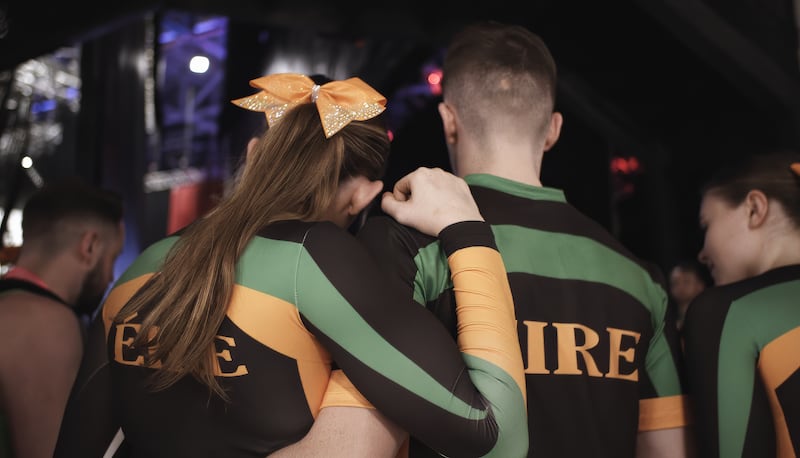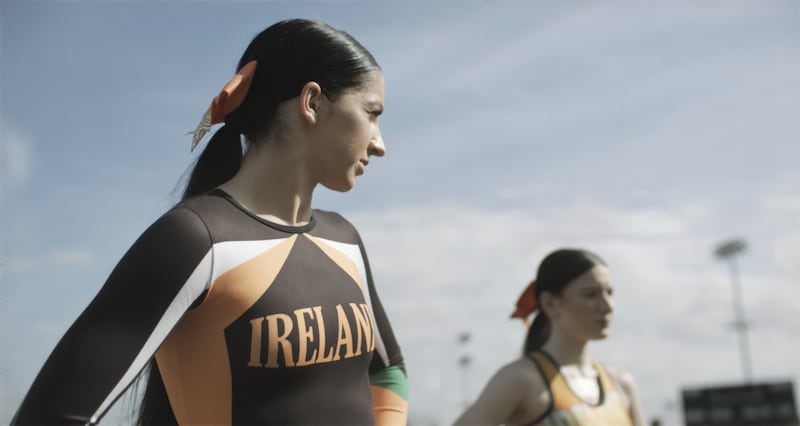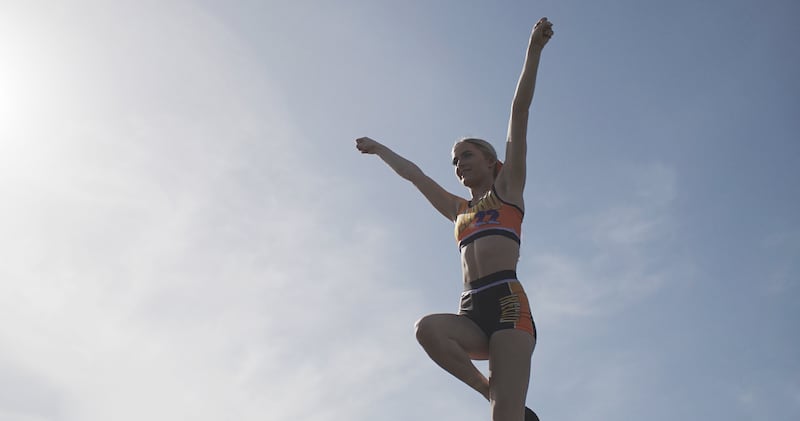It’s a predictably sunny day in Florida, and Taylor Flynn, a 20-year-old cheerleader from Castlebar, Co Mayo is competing in the Cheerleading Worlds, in Orlando, for the third time.
“There’s four different Irish teams in three different competitions,” she says over Zoom. “Today we’re watching one of the younger teams compete in their finals. We’re usually training twice a day: in the morning and in the evening. We’re trying to avoid the heat. Irish people are not really equipped for training in Florida.”
Cheerleading, or cheer as its practitioners have it, is a fast-growing sport in Ireland. Last year, at Worlds – the diminutive name for the World Championships – Ireland’s Coed Elite and Junior Hip Hop squads made it to the finals and finished in 10th and eighth places, respectively. In 2022 Team Ireland placed ninth.
“There’s a club in every county now,” says Flynn. “That’s how popular it is. And people don’t have a clue about it. Even some of my family members who know I’ve been doing it for years think it’s like gymnastics or pom-poms. They don’t know there are other competing teams involved. I try to show them videos of my routines. Cheer, the series on Netflix, is very popular, and that has helped. And I think the documentary will help bring recognition in Ireland, because lots of people don’t know it’s a sport here.”
The documentary is Eat/Sleep/Cheer/Repeat, a portrait of Team Ireland’s ambitious post-Covid bid for the Worlds.
Working with the cinematographer Eleanor Bowman, the award-winning director Tanya Doyle filmed Taylor and her fellow cheer hopefuls Jessica, Dean, Jayleesa, Bláthnaid and Rickie over five years.
Each athlete has their own story and is placed, movingly, at the threshold between adolescence and adulthood. Jessica is the glamorous one; Bláthnaid has dyslexia. If you need a friend who can spot uneven bronzer, Dean is your guy. Rickie, a tattooed barman, is briefly expelled from the team, only to affect a triumphant sports-movie return. And the star athlete and anti-vaxxer Jayleesa has to choose between her beliefs and the World Championships. There are dilemmas about sexual identity and shenanigans in a spray-tan tent. Mostly the group have one priority: can you cheer?
“We followed loads of characters because we had no idea how the film would evolve,” Doyle says. “We just had to keep up with them. Taylor is so dry. She lives the life. She was travelling up from Mayo three times a week, every week. There were a lot of killer decisions in the edit. We started filming Olivia when she was 11, and now she’s 17. There’s a guy called Shane who is a phenomenal tumbler. But we just didn’t have room for all the stories and people we met.”

Doyle, a majorette as a teenager, was looking around for a women’s sport suited to a deep delve when she chanced on competitive cheer.
“The evolution of the sport from being a majorette and what they do now is incredible,” the documentary maker says. “A lot of the girls on the Irish national team were gymnasts. They have all these skills. But it isn’t just team gymnastics, because gymnastics is very precise but a solitary sport. You perform on your own. With cheer, everybody is in it together. And that’s what attracts a lot of the people you see in the film.”
Cheer is no longer shaking its pom-poms on the sidelines. In 2016 the International Olympic Committee recognised the International Cheer Union as a sports federation. Cheerleading will likely make its Olympic debut at the Los Angeles games, in 2028.
They are travelling all over the country, training three times a week. You’re talking about eight hours a day when they get close to competition
— Tanya Doyle
The gendered history of the sport is fascinating. It was a male preserve until the second World War; the first woman cheerleaders debuted at the University of Minnesota in 1923. In the 1970s, Title IX, US legislation prohibiting federally funded educational institutions from discriminating against students based on sex, led to an explosion of women’s sports, including cheerleading. By the 1980s it was a fully fledged and often bruising sport. Between 1982 and 2017, cheerleaders suffered a higher rate of direct catastrophic injuries than any other type of high-school athlete.

There remains, however, a lingering confusion between traditional school cheerleading, which takes place along the sidelines of other sports, and competitive cheer, the acrobatic club sport that focuses on stunting, tumbling and jumping. Legal wrangling over what constitutes a sport and an athletic pursuit remains a live issue for the largely women’s practice.
Watching Eat/Sleep/Cheer/Repeat, it certainly looks like a sport. Each team performs an intricate 2½-minute routine that relies on the complex interplay between such specialities as back-spotting and tumbling, the latter of which breaks down into such subcategories as tucking and springing. Flyers, the athletes who are tossed and spun in the air, require core strength and fearlessness in equal measure.
“The amount of effort and energy they put into training is phenomenal,” says Doyle. “They are travelling all over the country, training three times a week. You’re talking about eight hours a day when they get close to competition. They just keep going over and over the routine. The level of respect I have for them as athletes is unbelievable. And they are lovely, lovely people with amazing mothers who are as dedicated as they are. They’re driving. They’re making costumes. They’re baking for bake sales. Cheer wouldn’t have happened in Ireland without them”.

Another key figure in Irish cheer has been Hilton Holian, who was its principal coach during the making of the documentary.
“Hilton and his husband were very sweet and welcoming,” says Doyle. “Hilton undersells himself a lot, but he is always there for the kids. He’s willing it for them. When we first went to Belfast for a cheerleading event, it was overwhelming for all the senses. It was so loud, and the smell of make-up and hairspray was everywhere. People were warming up and warming down. And we saw Hilton with a group of girls aged from about seven to 15. And he said, ‘Remember, ladies, the higher your hair is, the closer it is to God.’ That was our hook.”
Eat/Sleep/Cheer/Repeat opens in cinemas on Friday, May 17th











